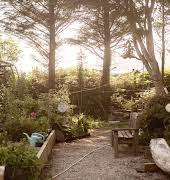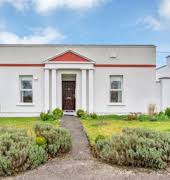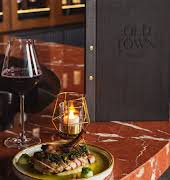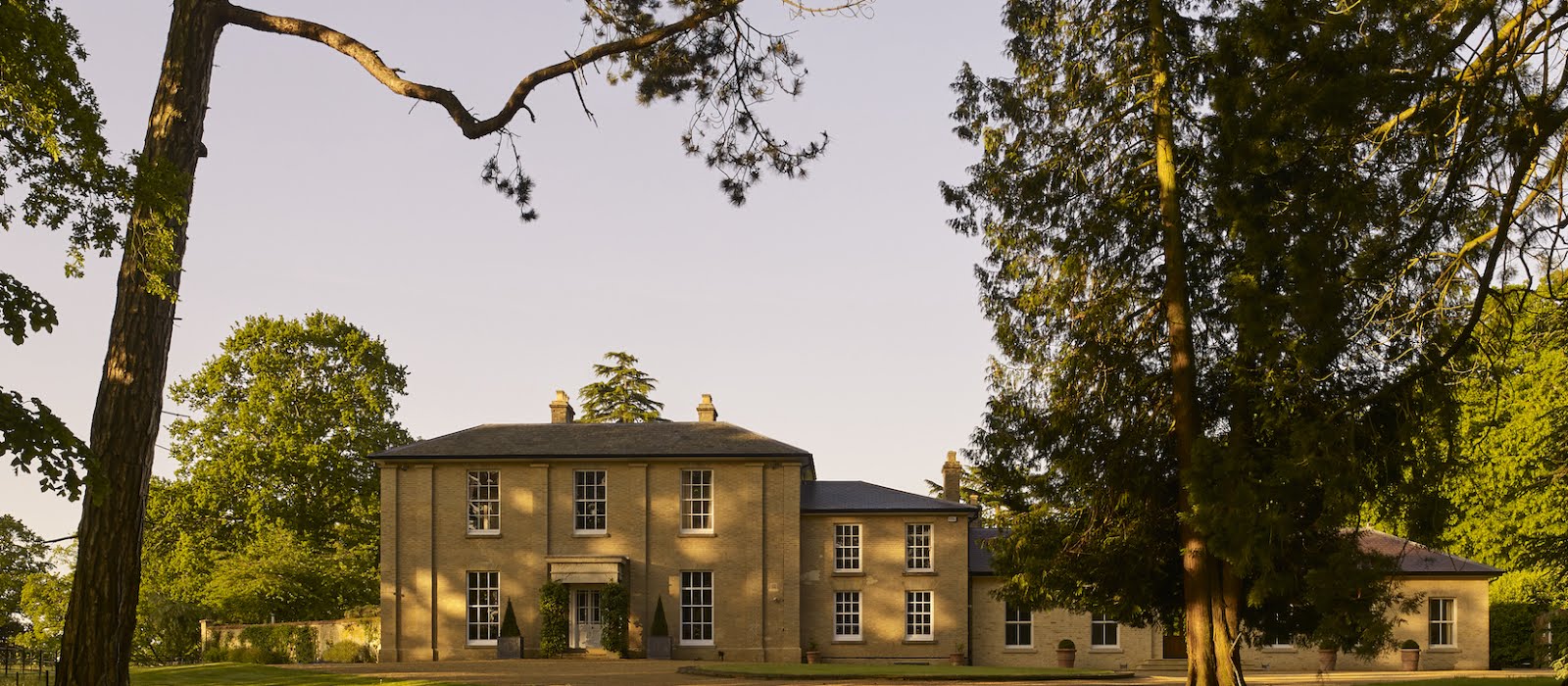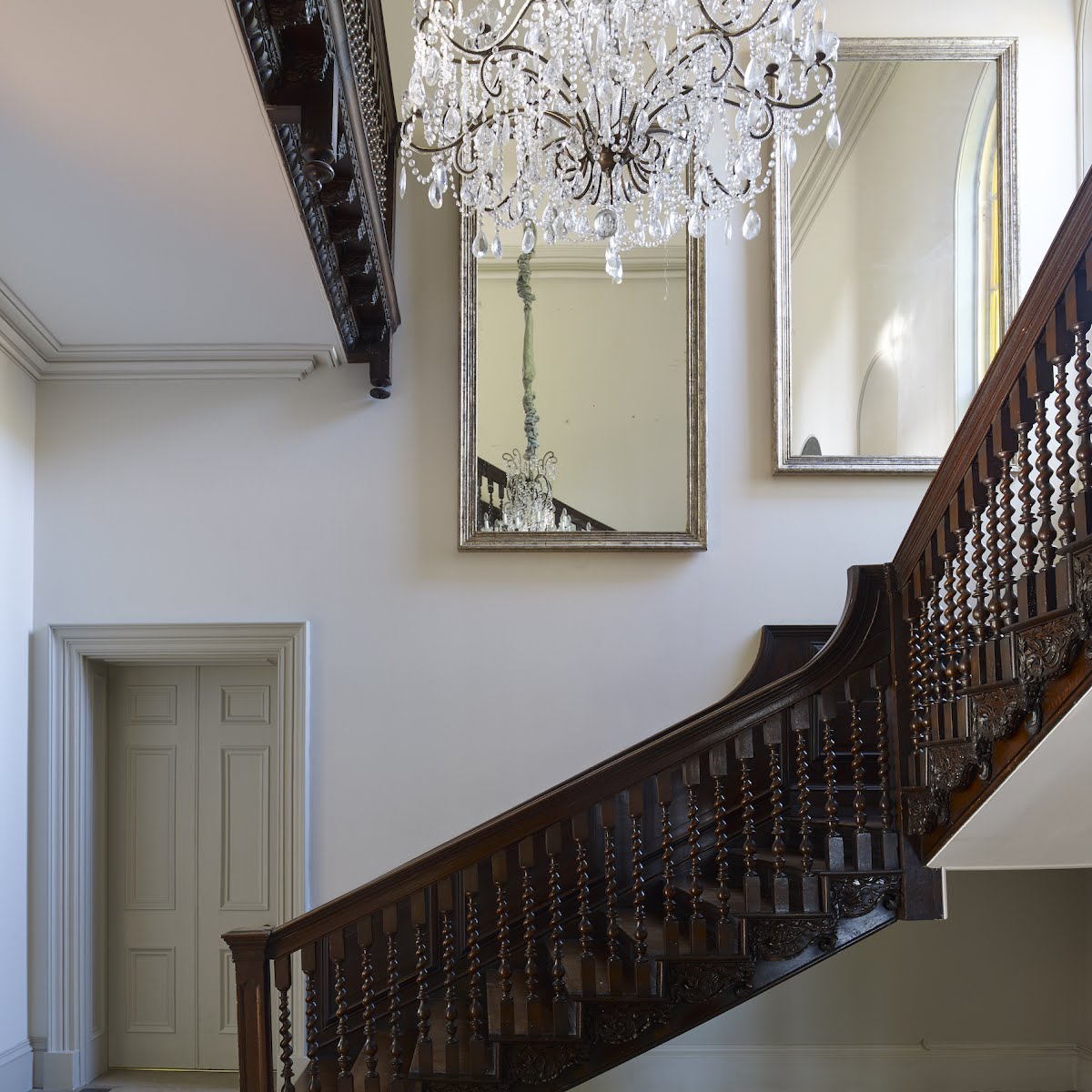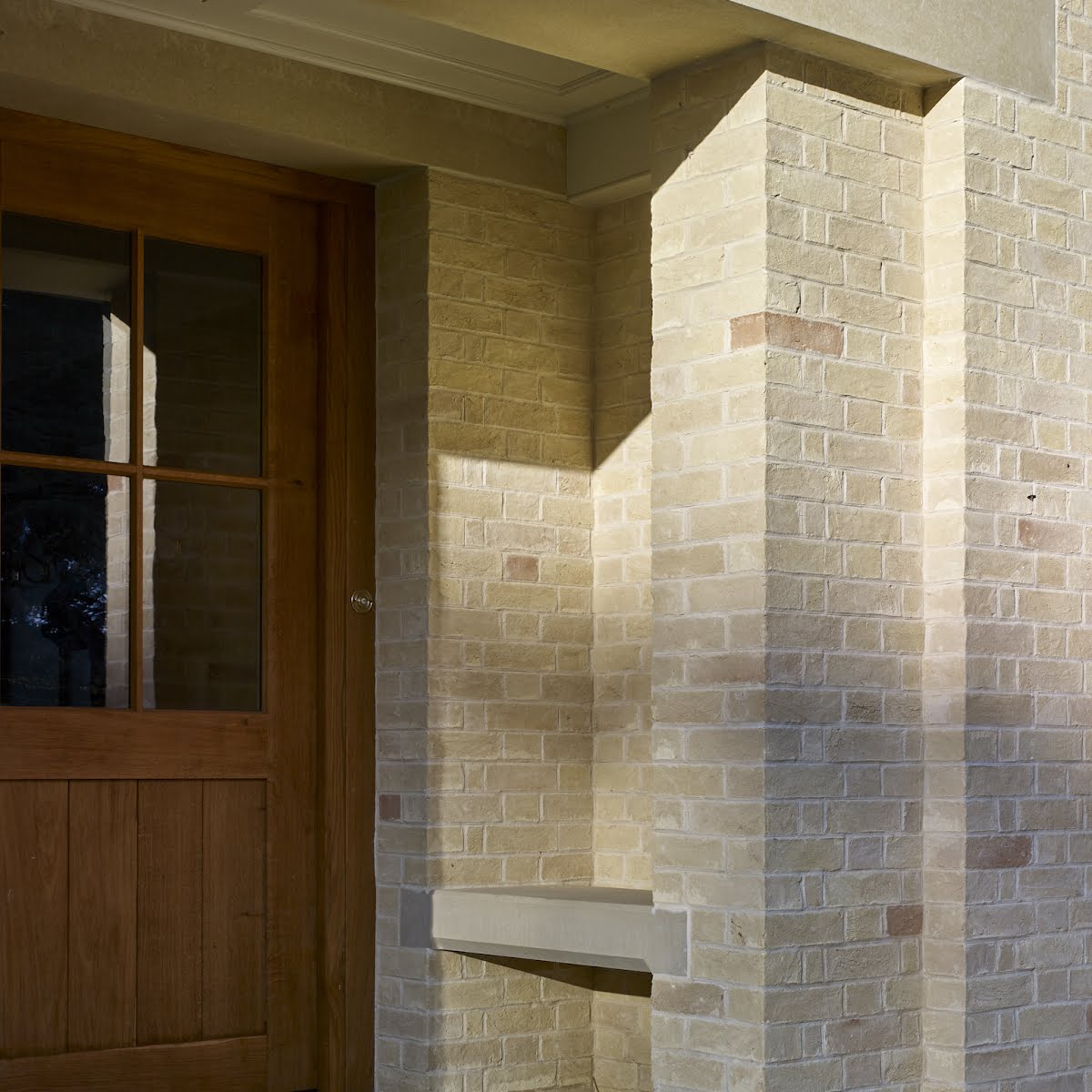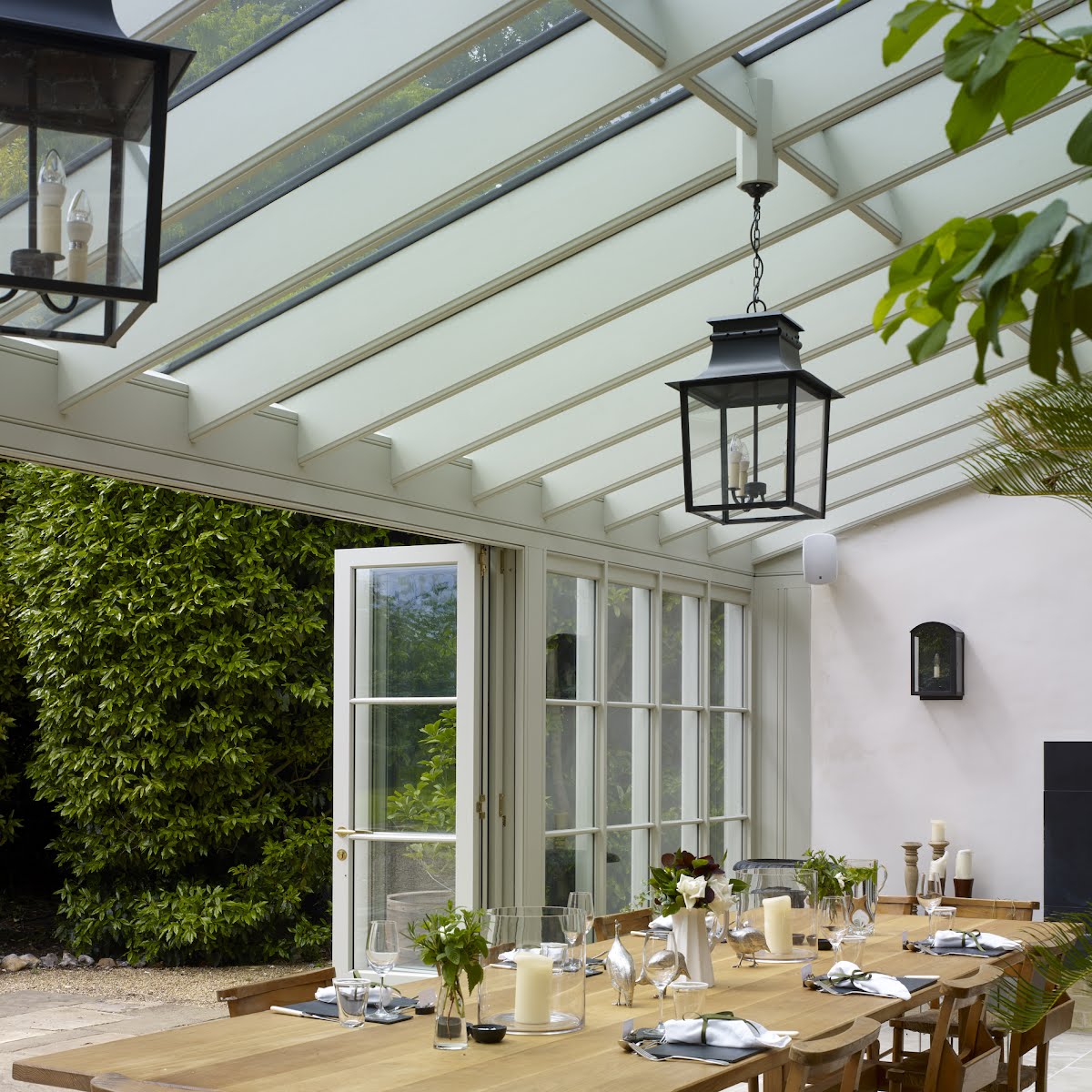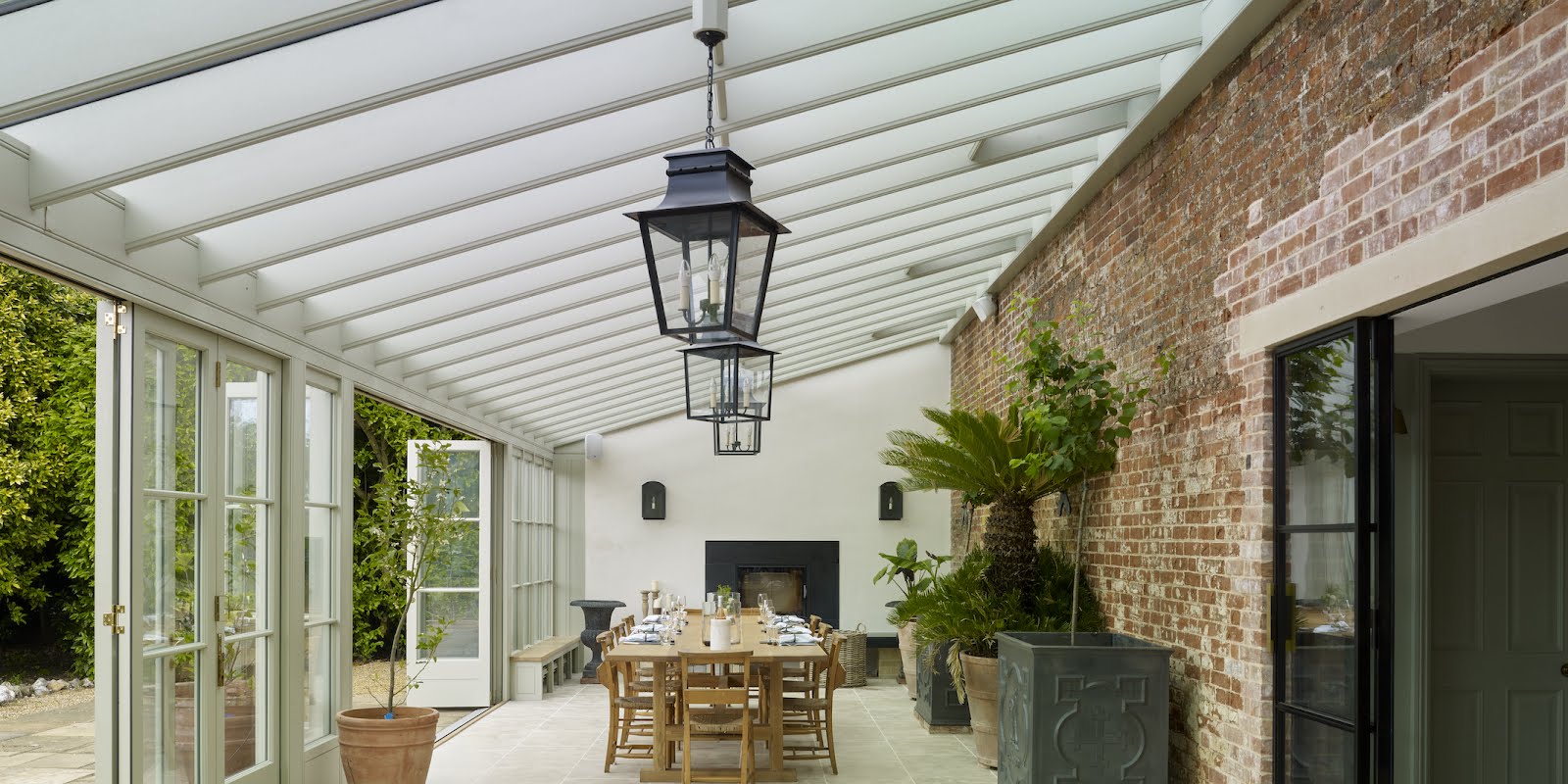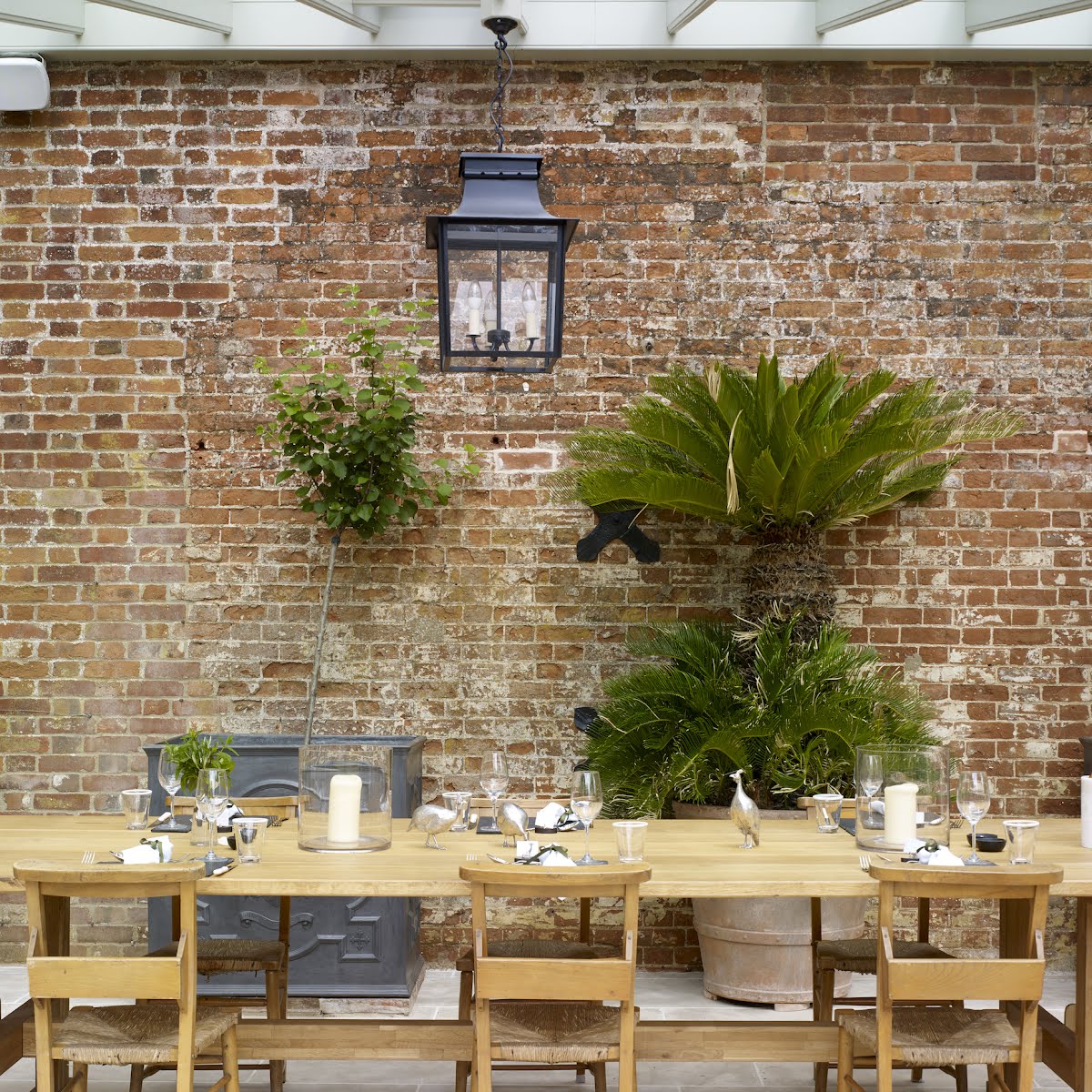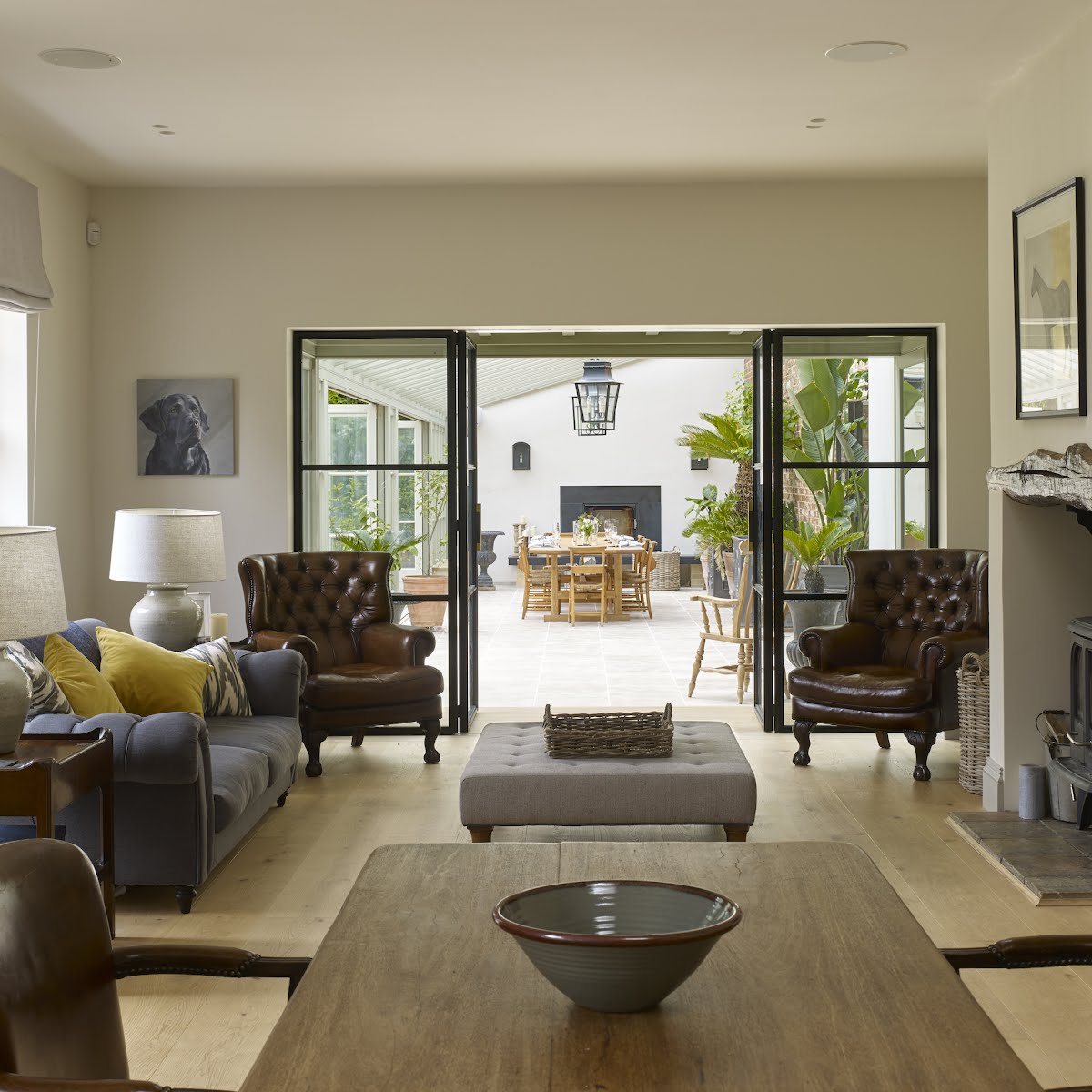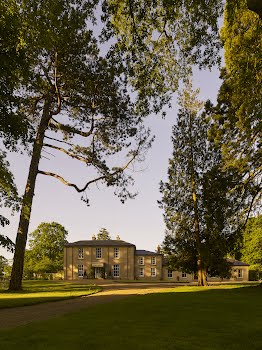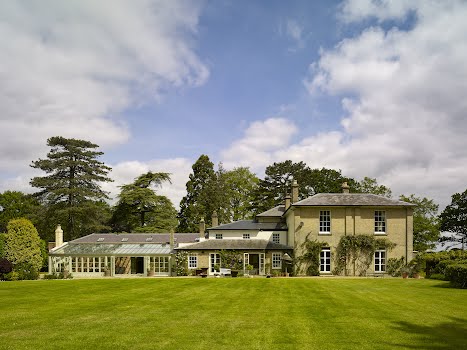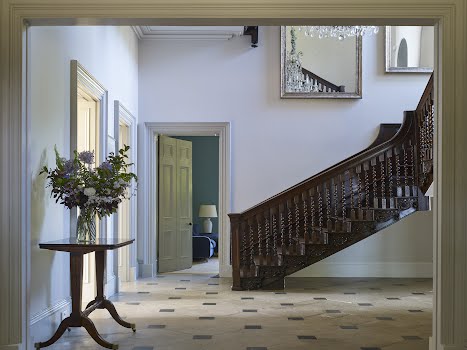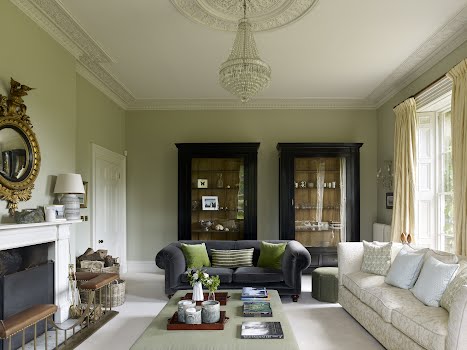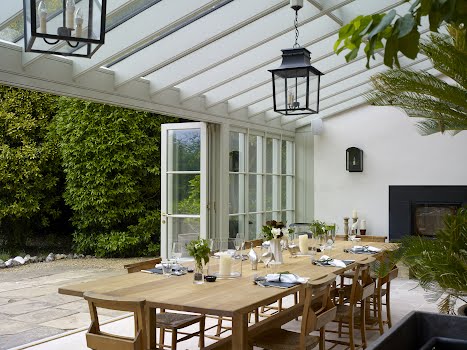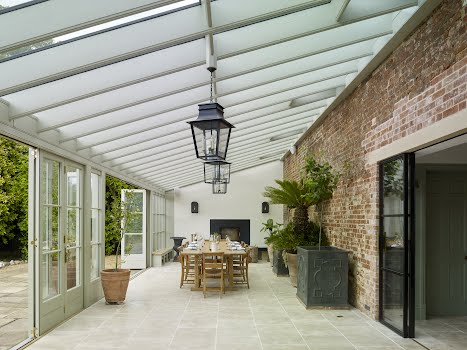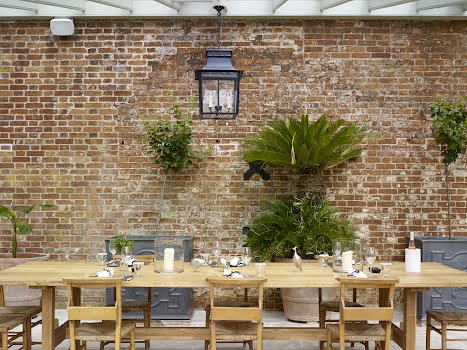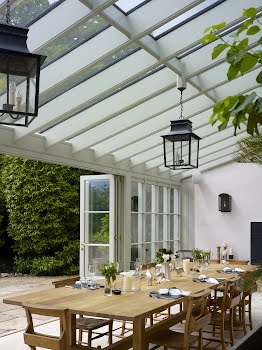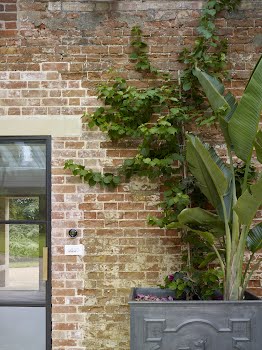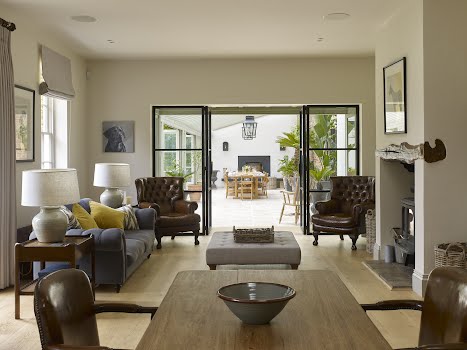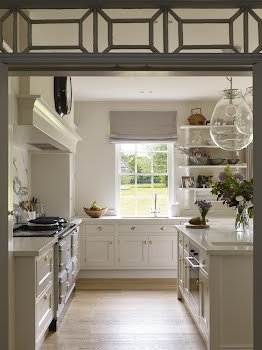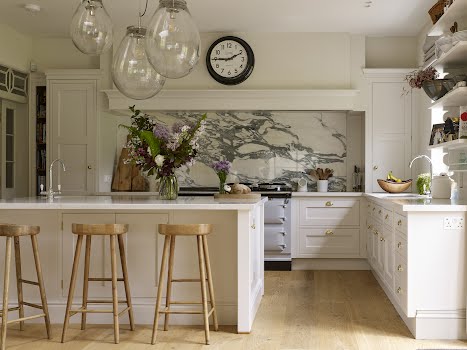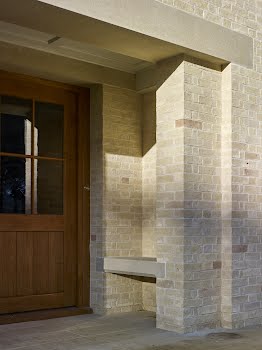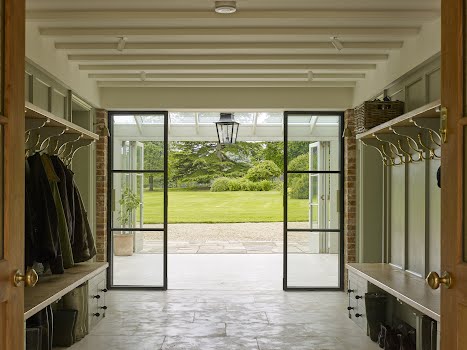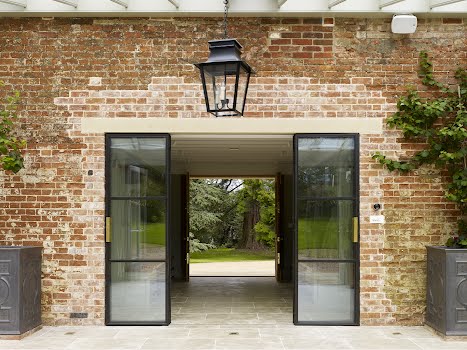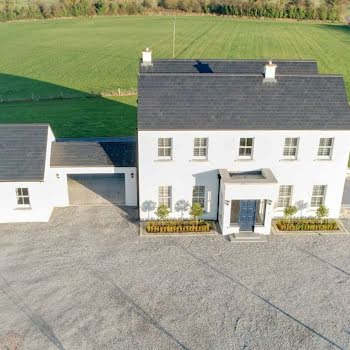
An extension for this stunning Georgian home complements the building’s history while making it perfect for modern family life
The addition includes an orangery that echoes a greenhouse that used to sit in the space, while handmade brick was used to reflect that of the original house, so it could blend in seamlessly.
Briningham House, a grade II listed Georgian country home in Norfolk was bought by owners Hugh & Sophie Crossley in 2015, and they approached Haydon Finch to refurbish and extend the building.
They wanted to remove superfluous outbuildings, refurbish much of the original house, and add an extension that comprised a garden-facing orangery, a standalone flat, as well as a boot room and other ancillary spaces to complement the main spaces in the home.
With the home being listed, it took a year to work through various iterations of the design, to find one that worked well with and respected the original building.
“Stitching new construction into a historic building and upgrading the infrastructure to meet the demands of a modern home is a very challenging and detailed process. Owing to the heritage value of the house, we softened our contemporary architectural approach to embrace a more sympathetic traditional style,” explains director Francis Keane.
The result was one that ensured the addition was secondary to the formal front facade. “The carefully proportioned openings set within the new wing,” Francis explains, “while the more relaxed garden-facing rear is more open and playful, with a long luxurious orangery set against a carefully preserved red brick wall.”
The orangery was a key part of the design, inspired by Victorian palm houses designed to be perfect for hosting. “A greenhouse had stood in the same location some 150 years previously, so there was a strong sense that we were reinstating something that belonged in this location,” explains Francis.
Overall, the design seeks not to encroach on the beauty of the original home, but simply complement them. “The rooms within the newly designed wing are designed to be smaller in scale and subservient to the grand spaces within the main house,” Francis says.


